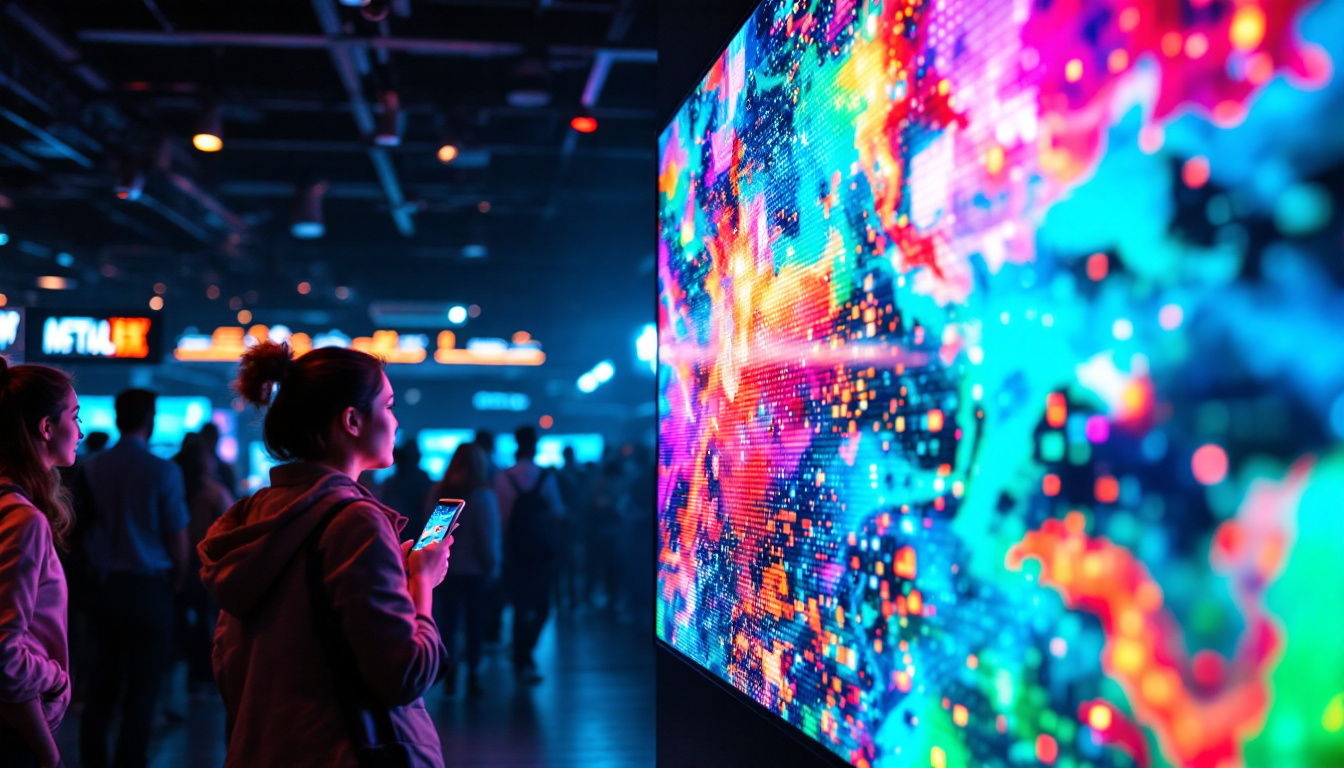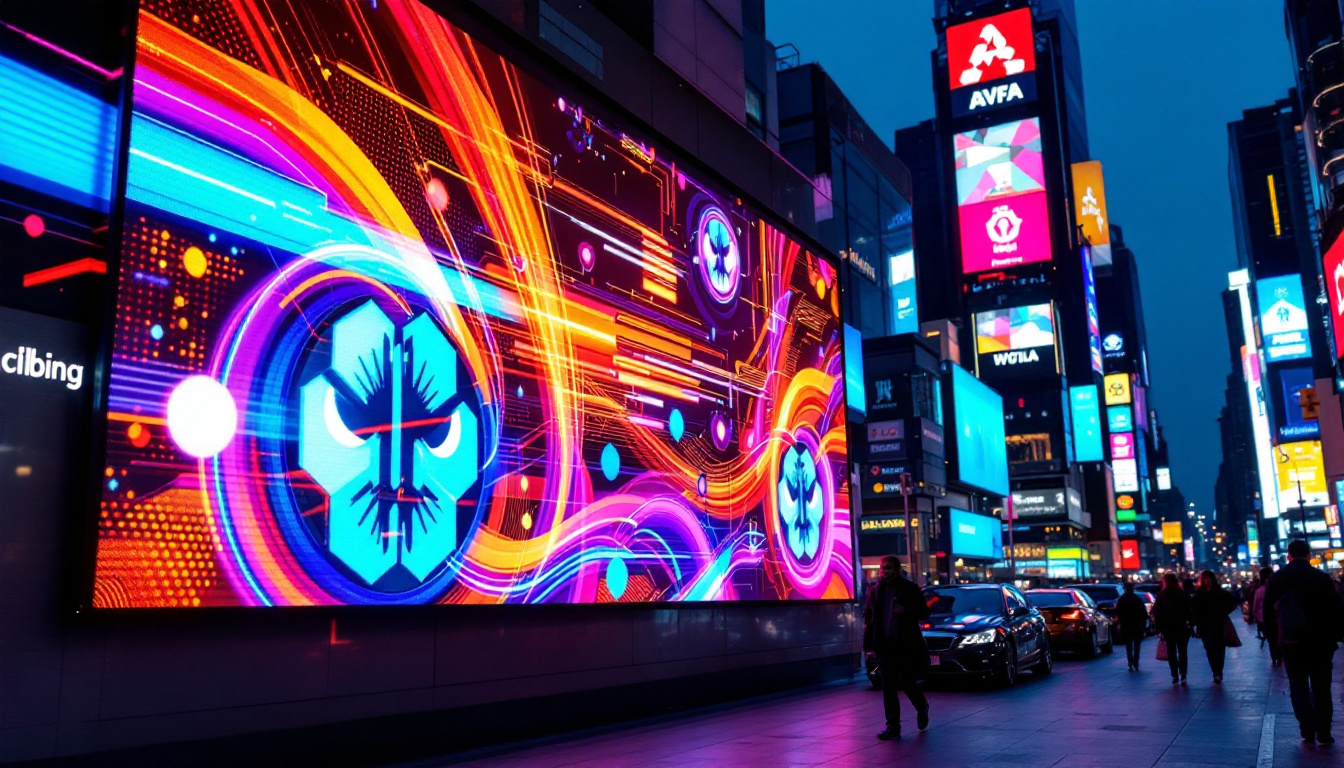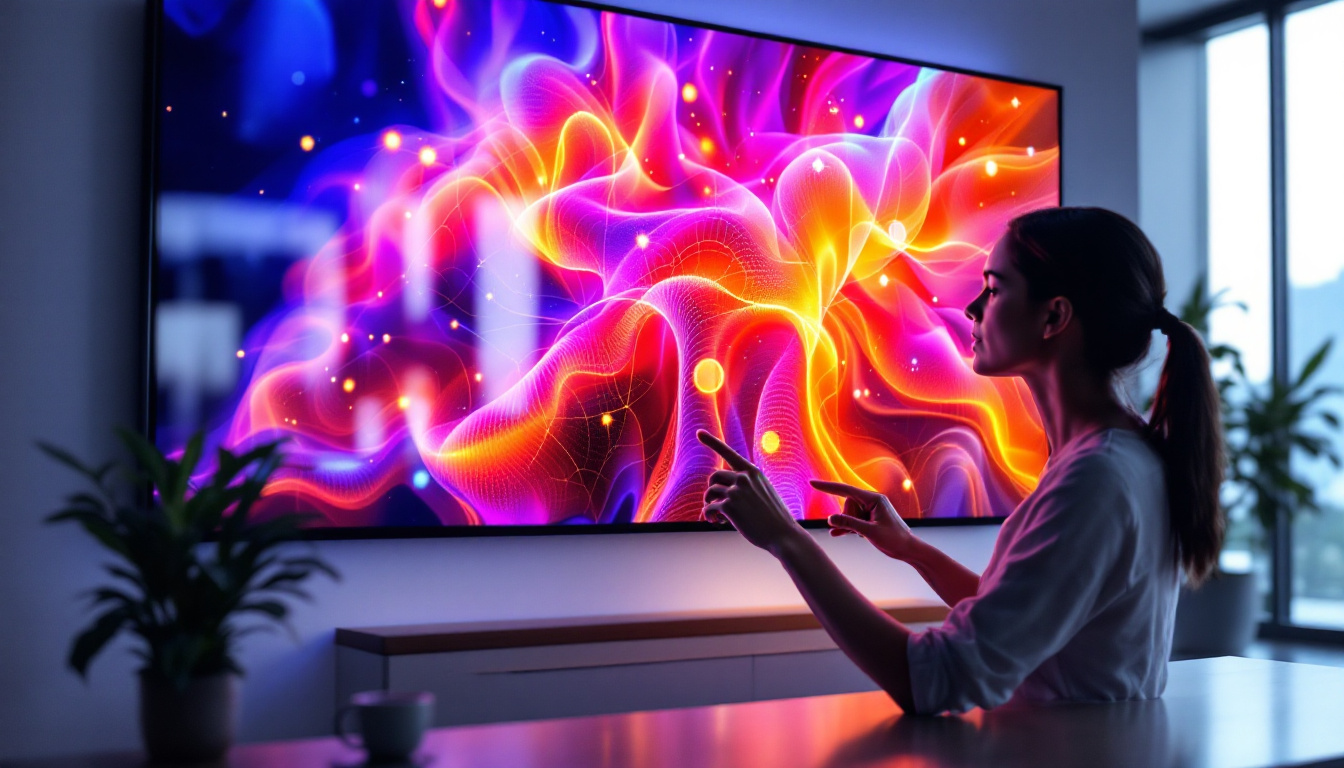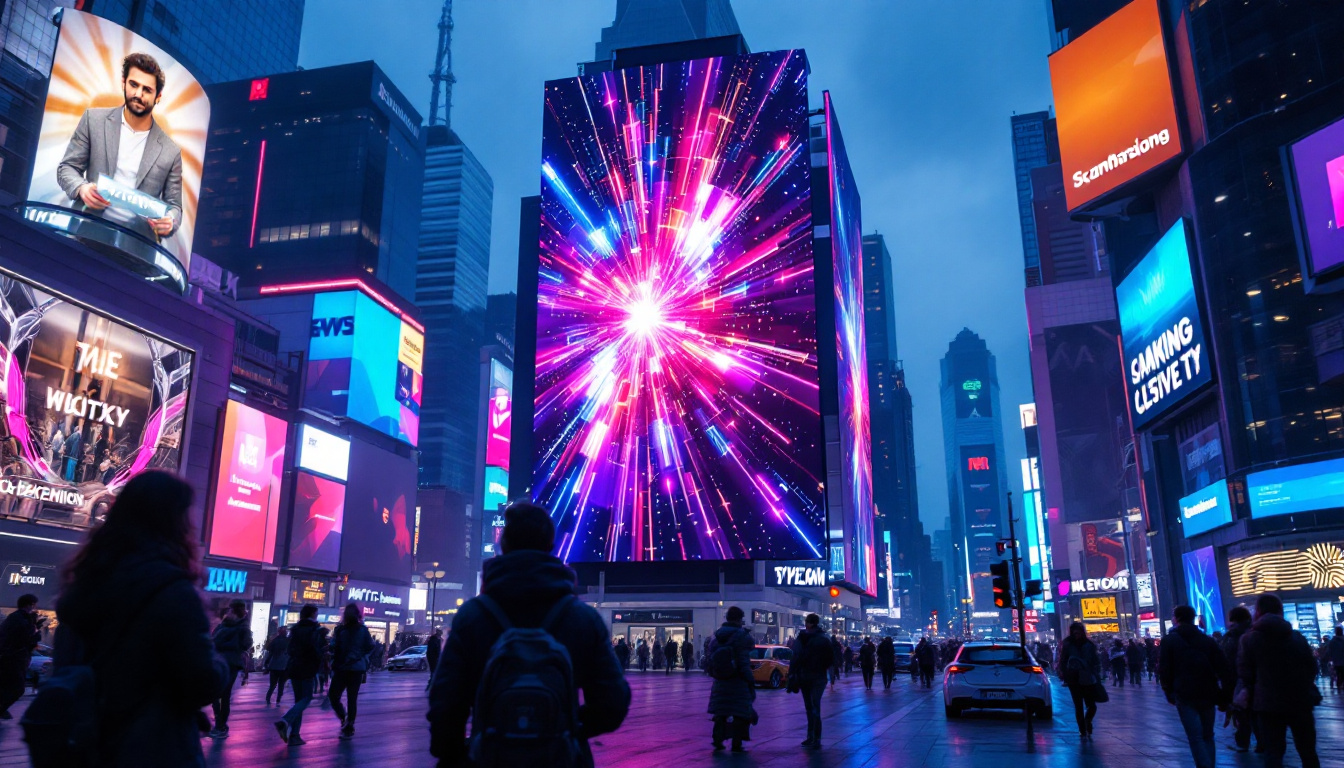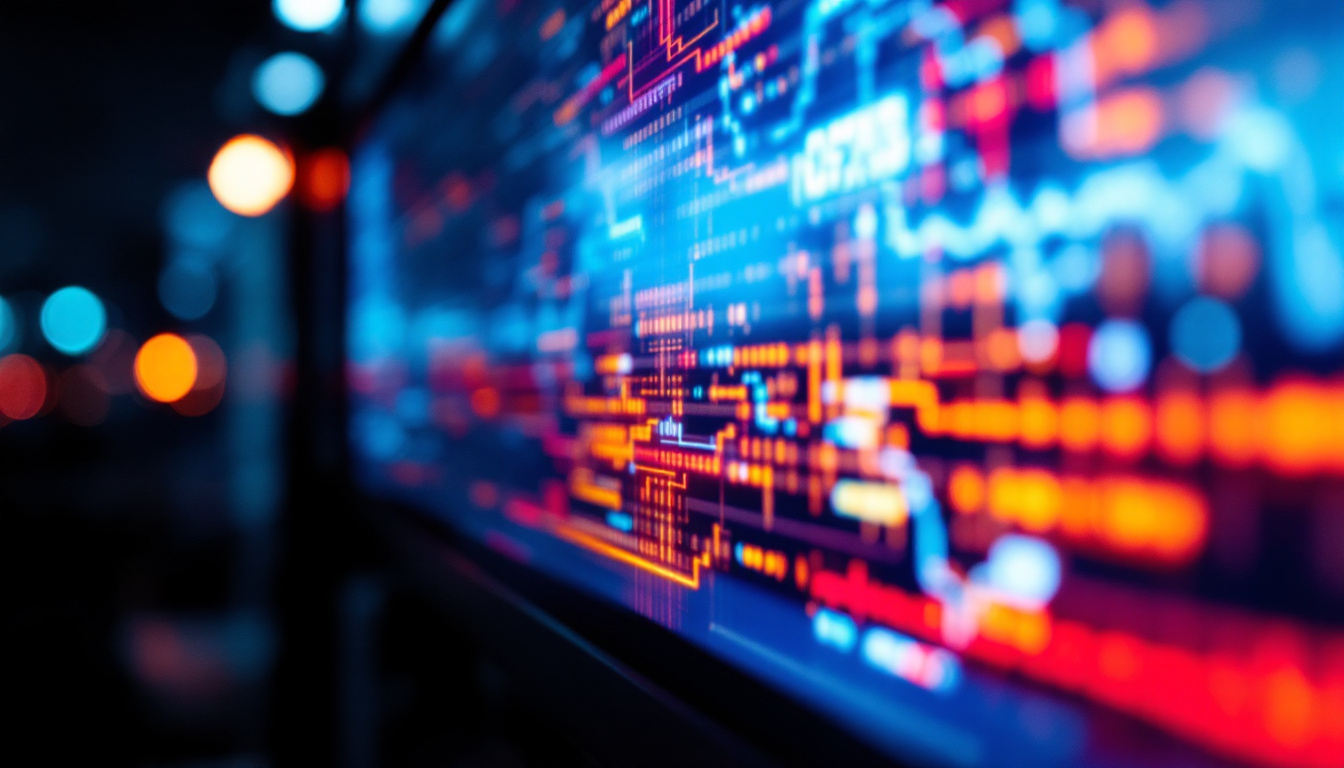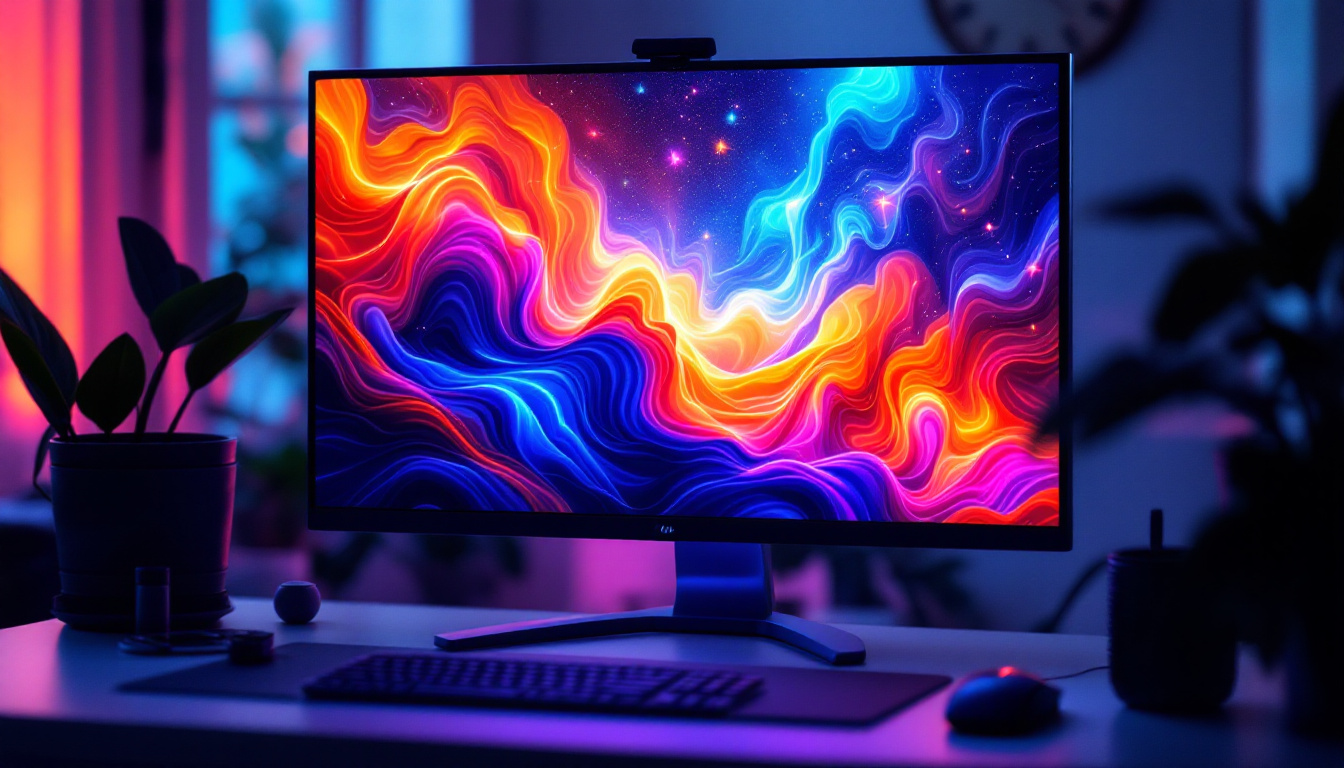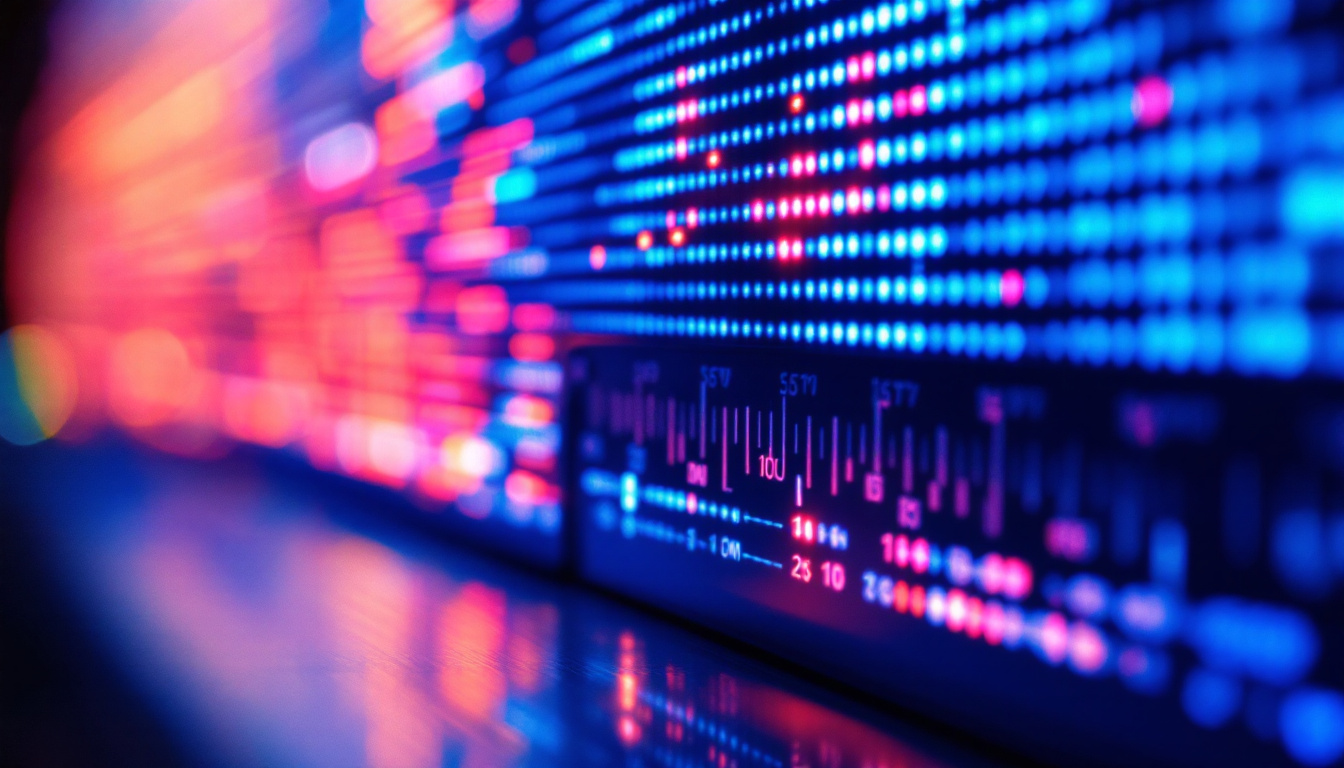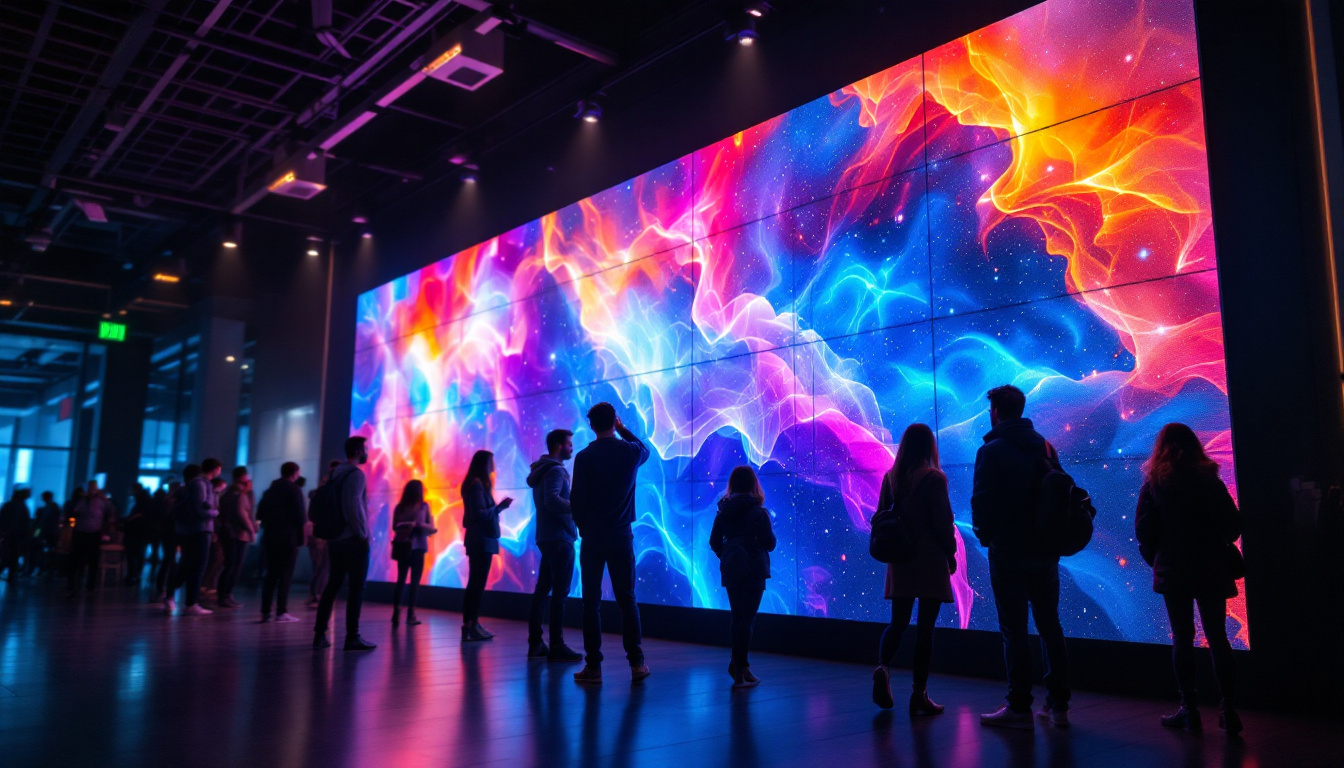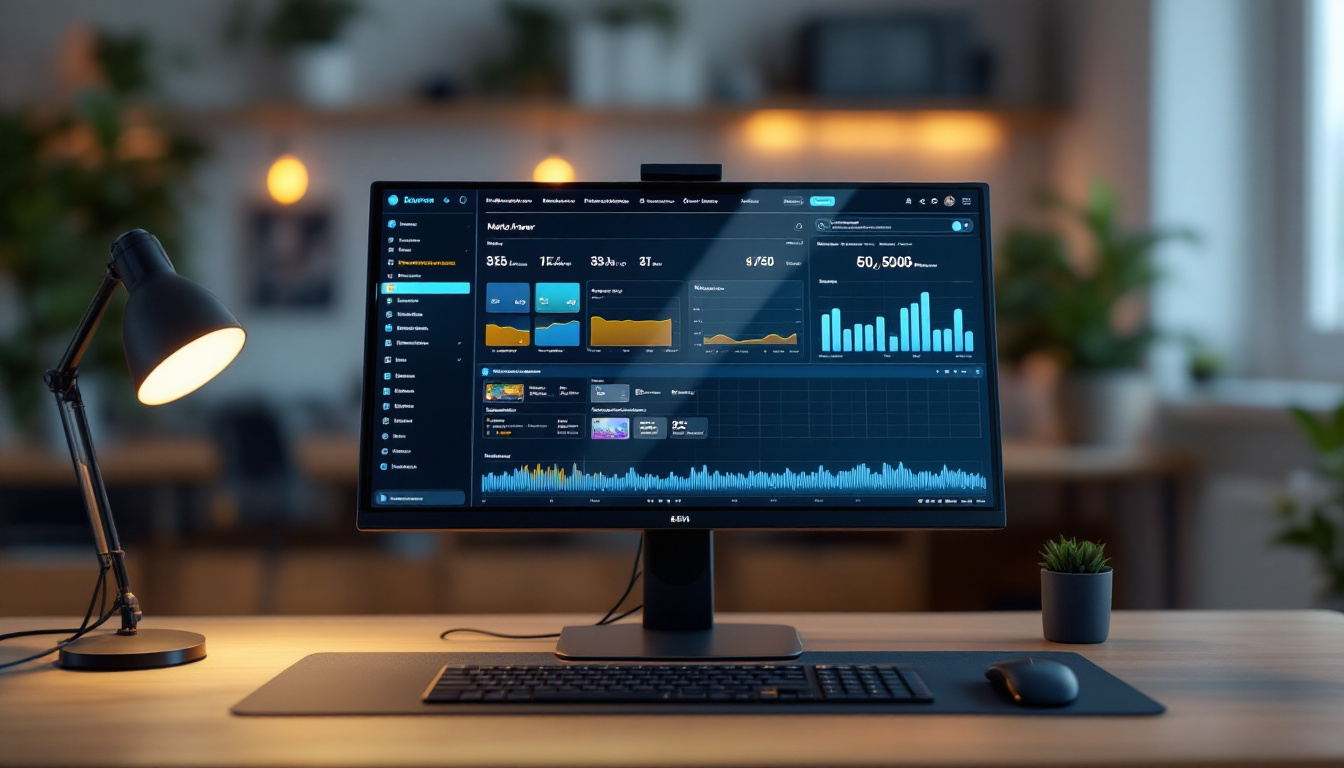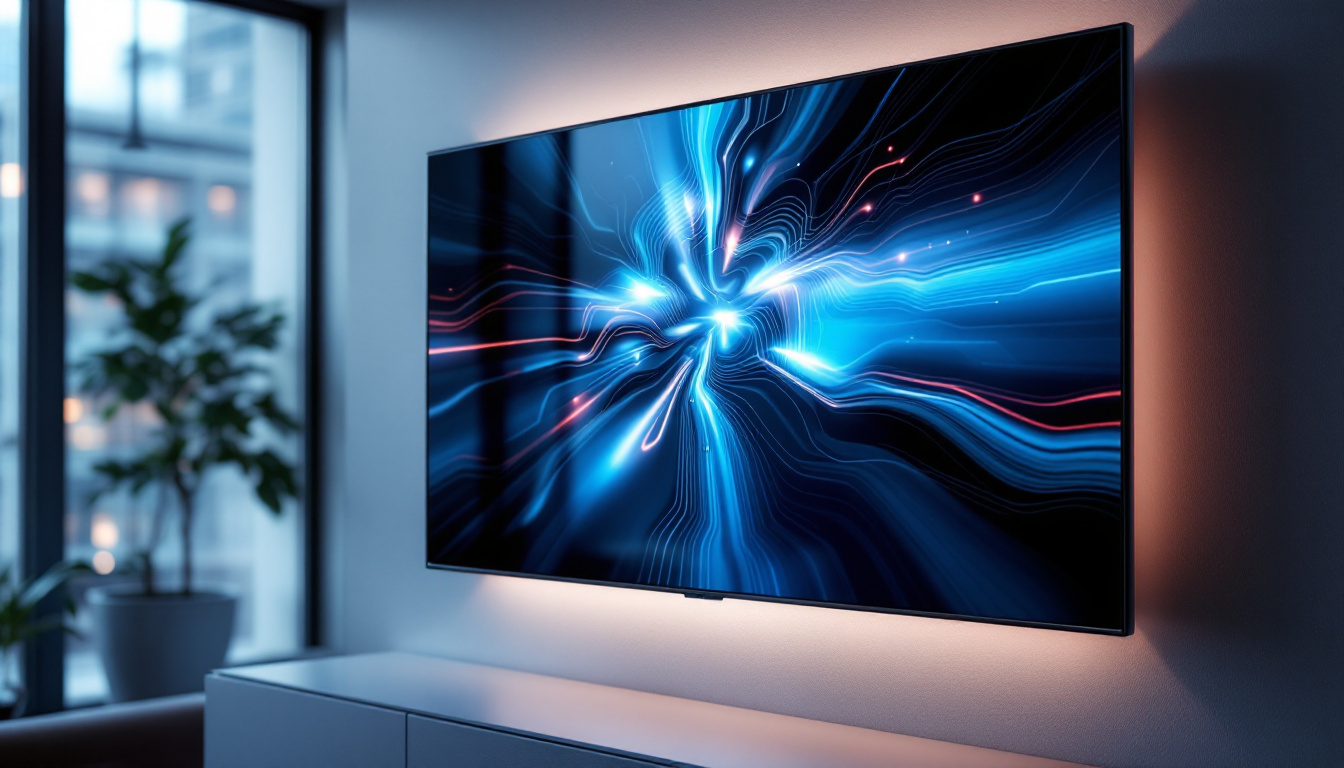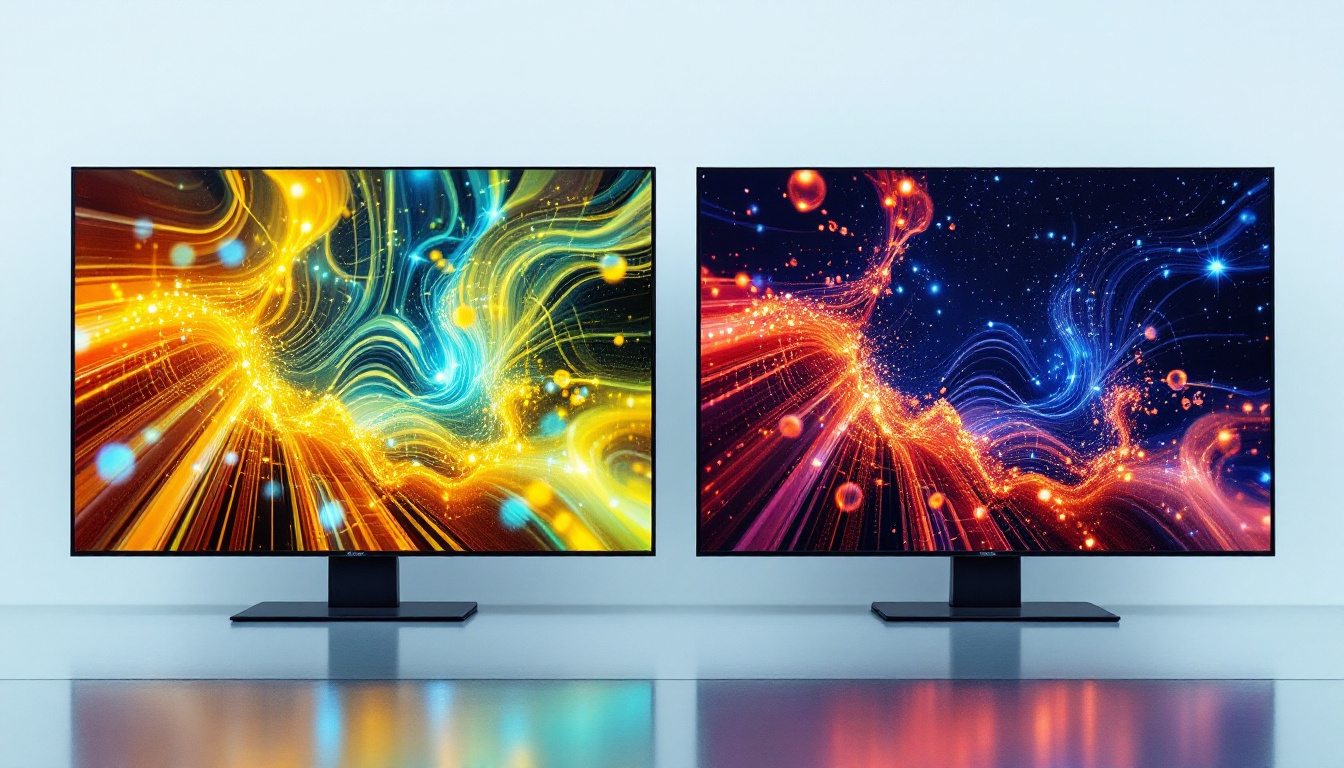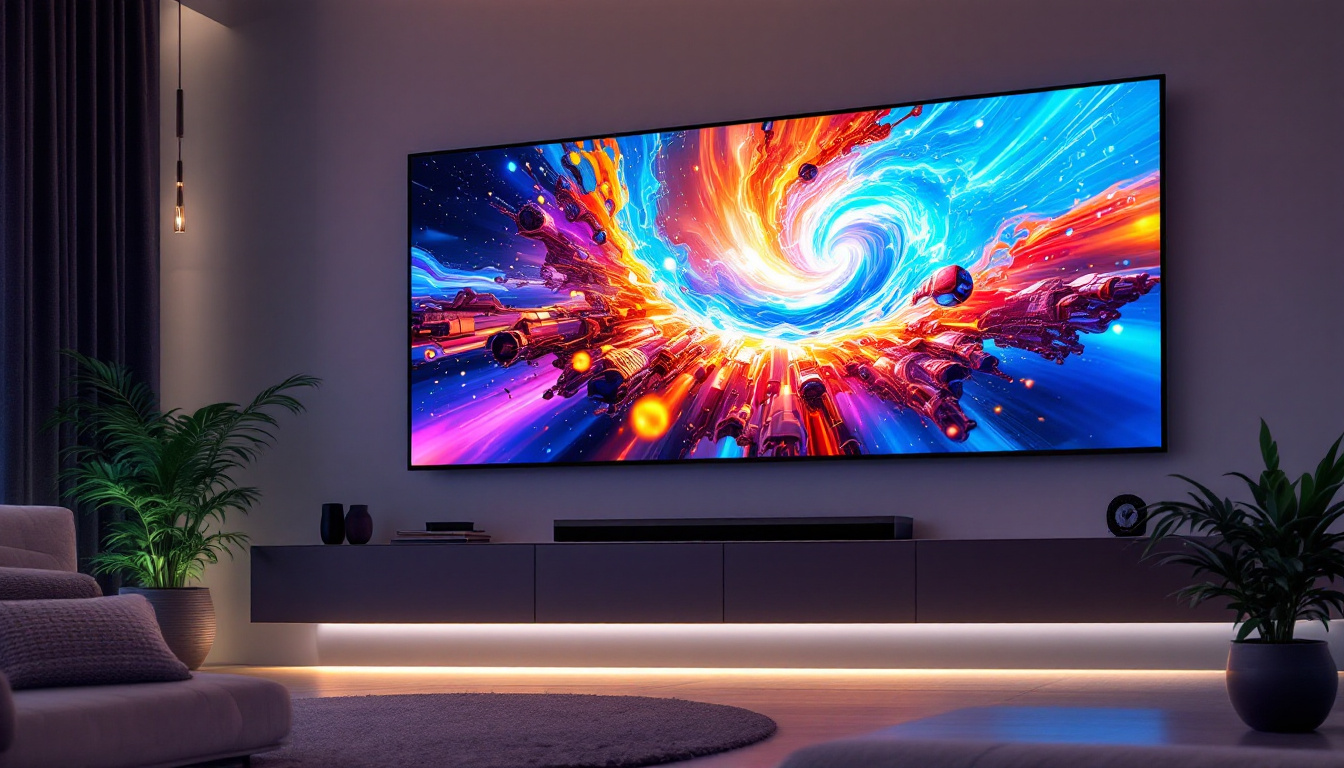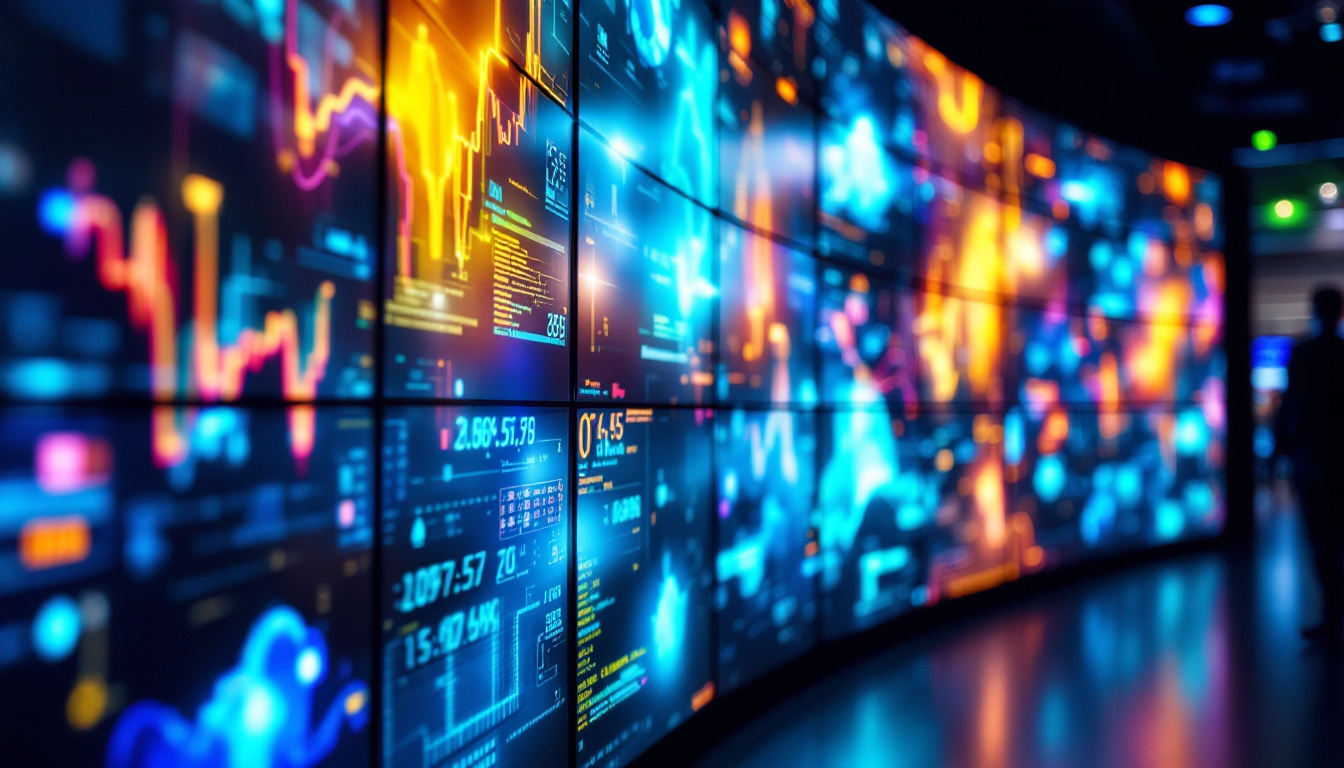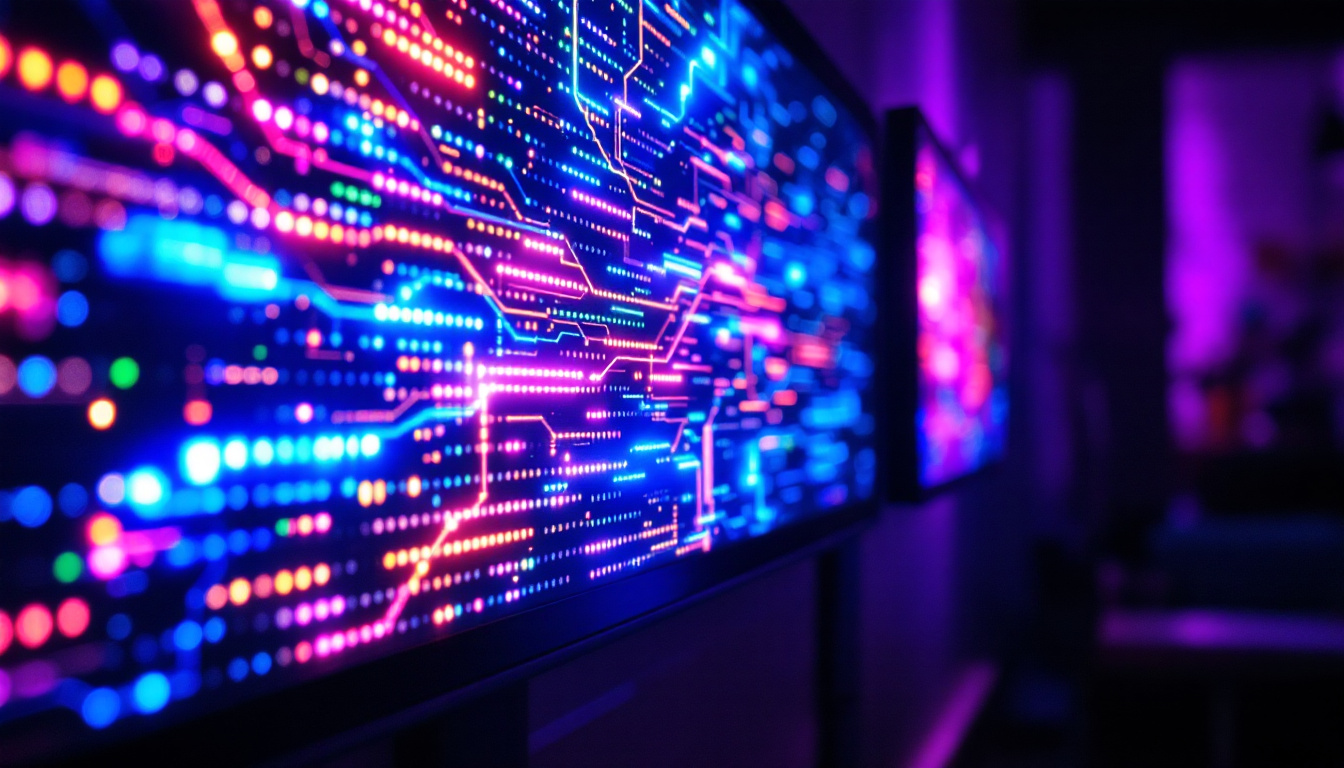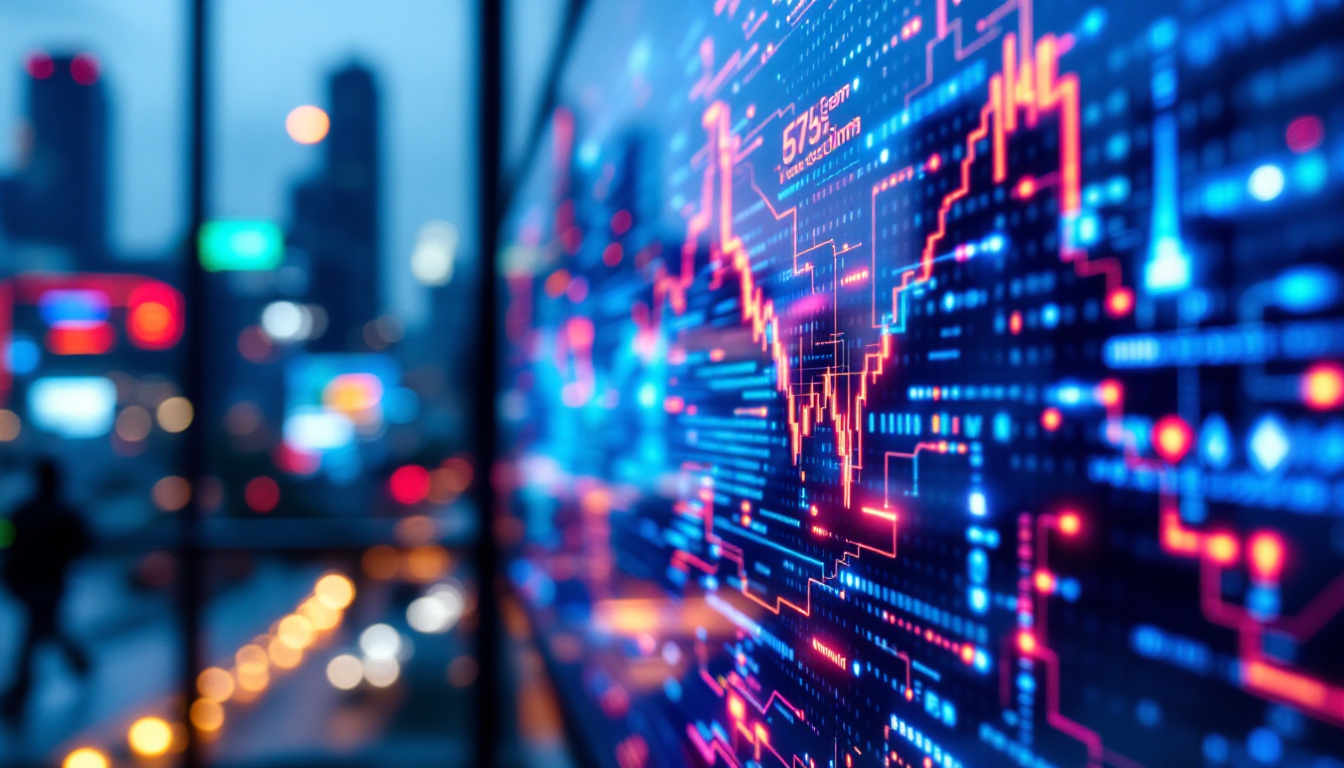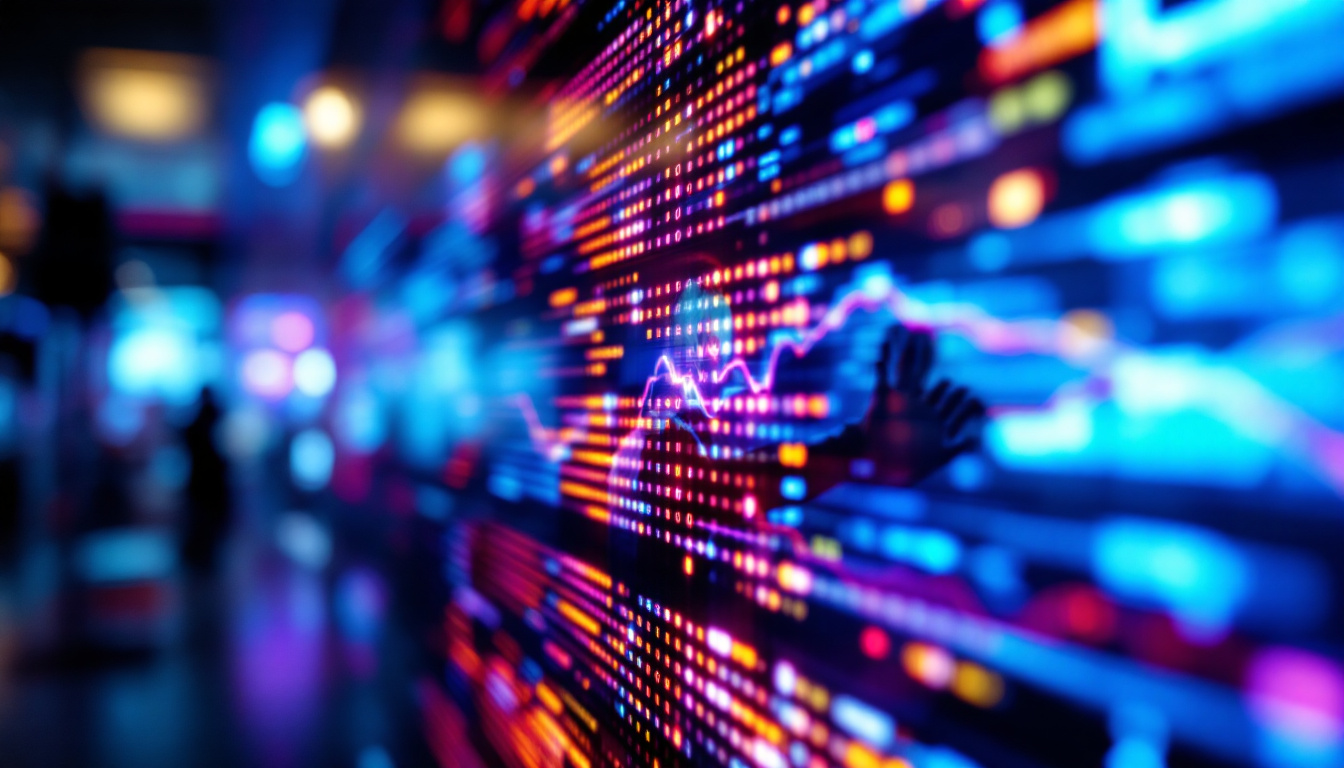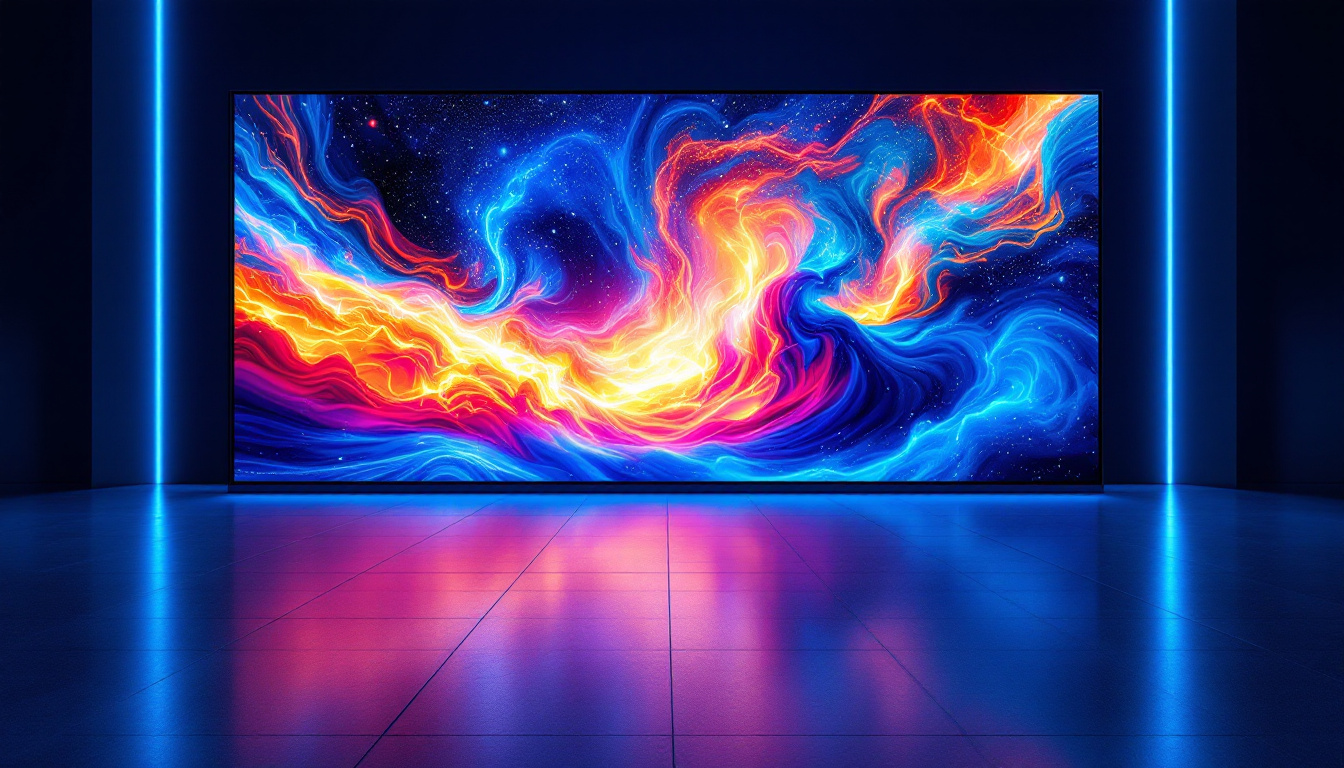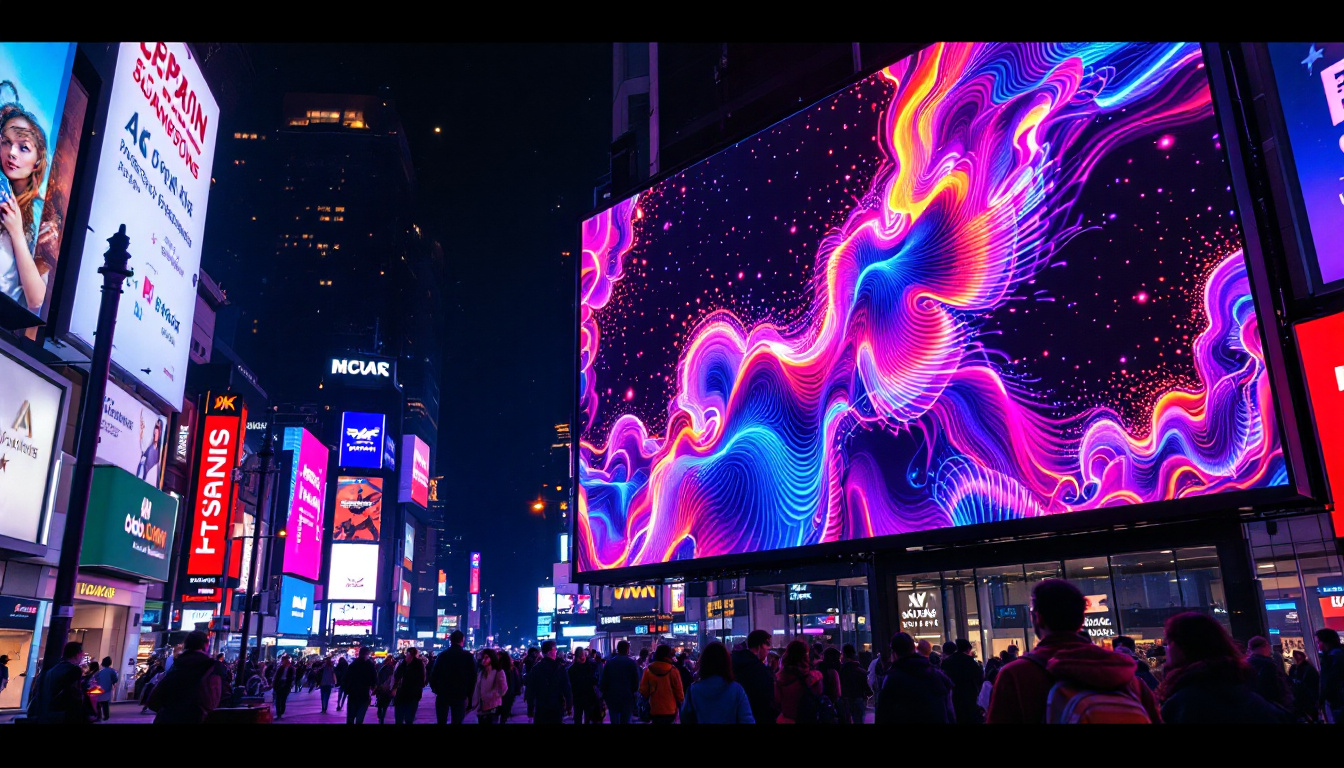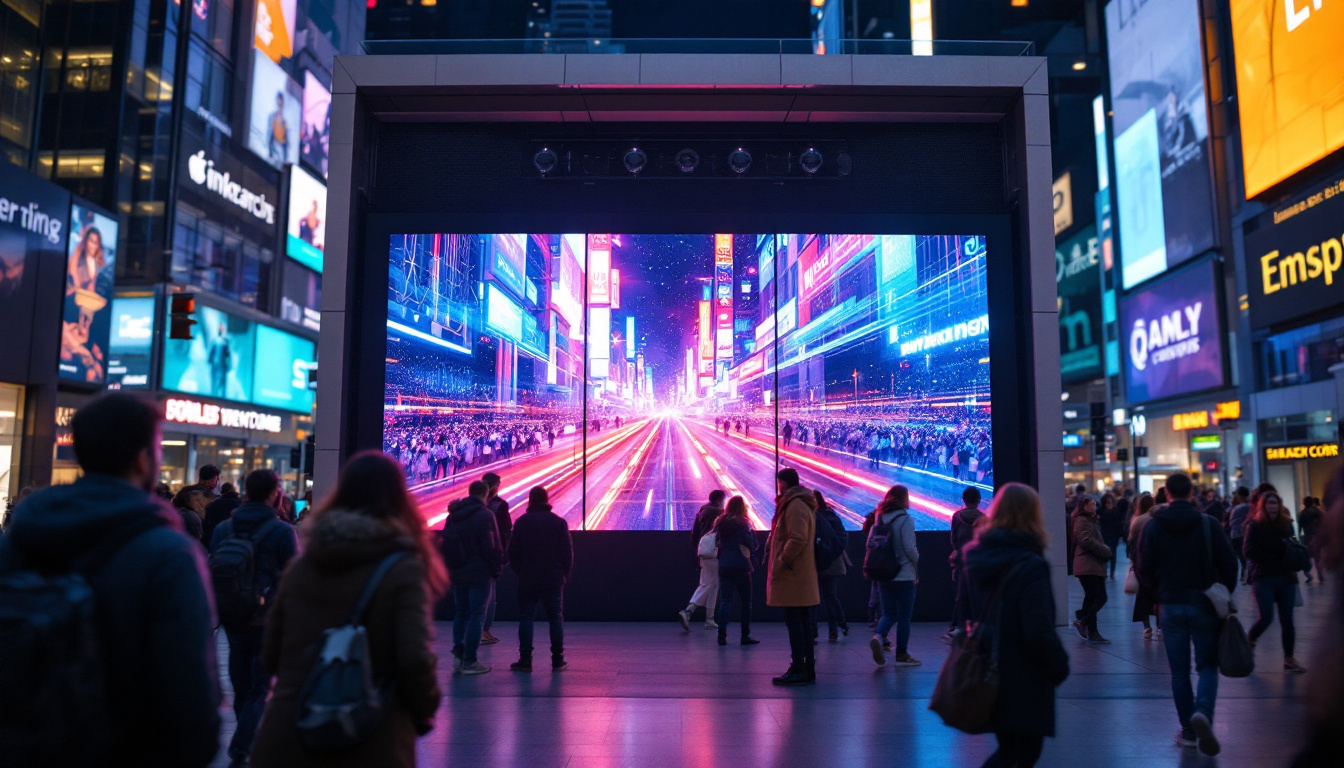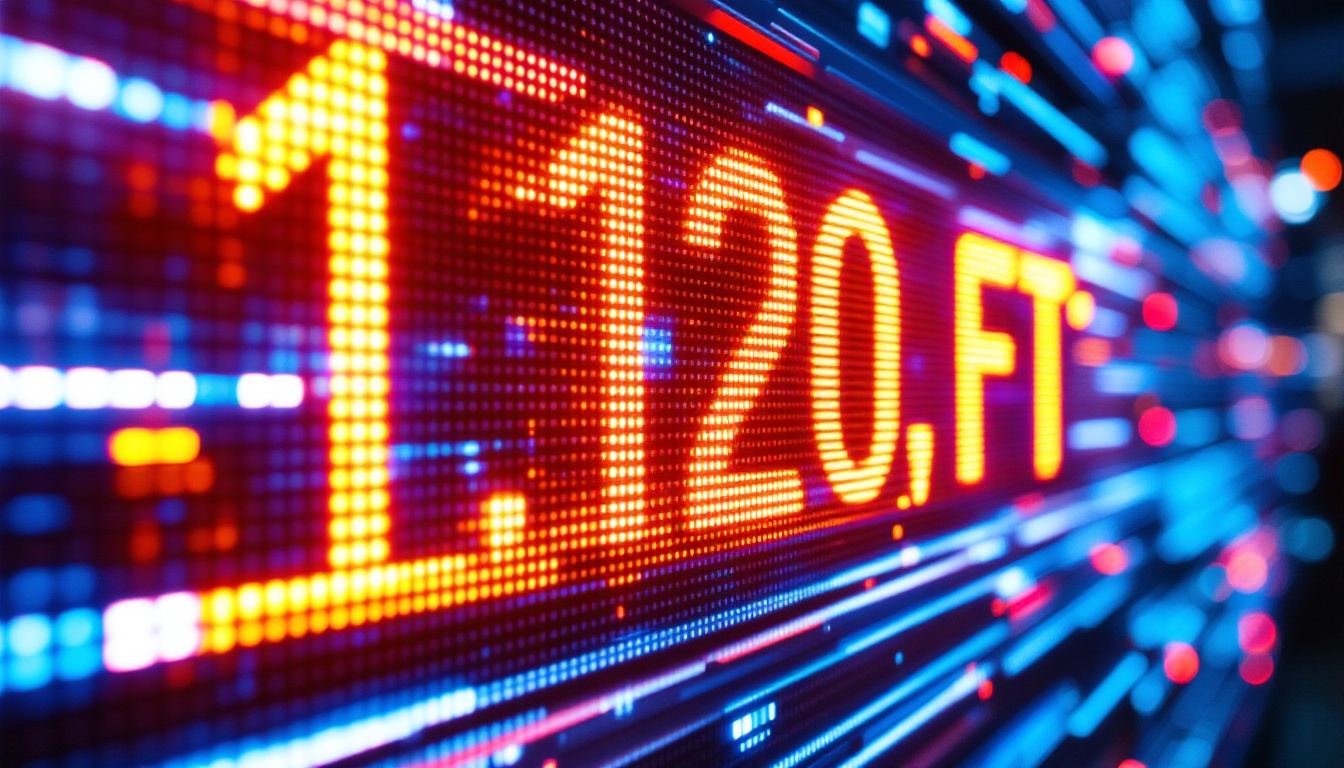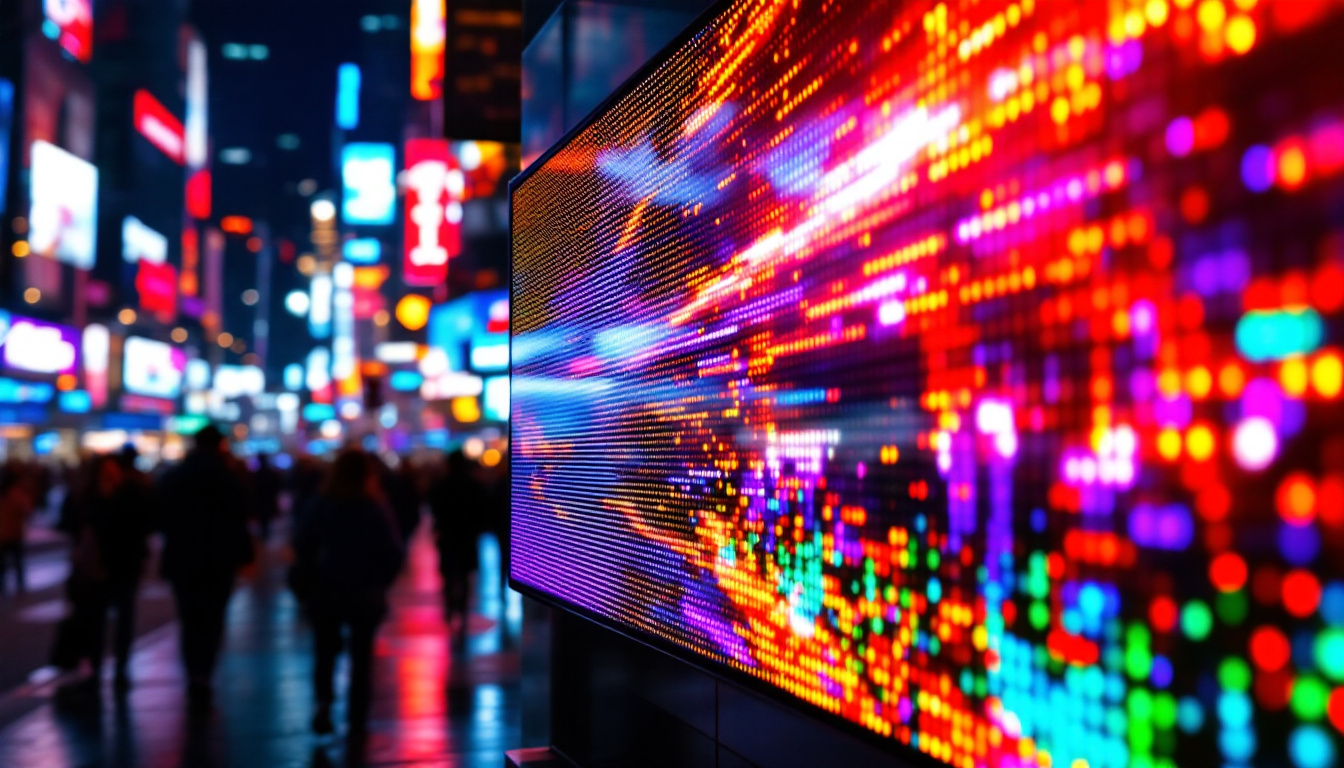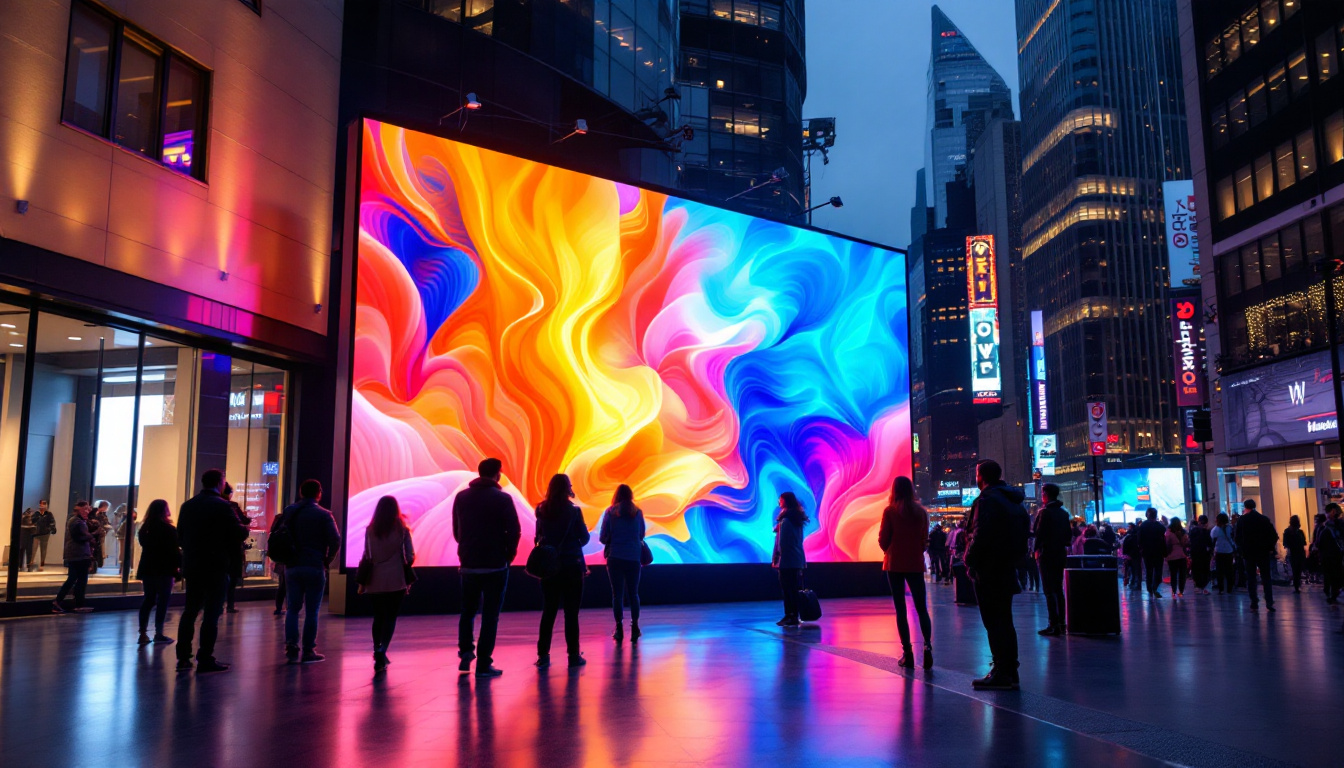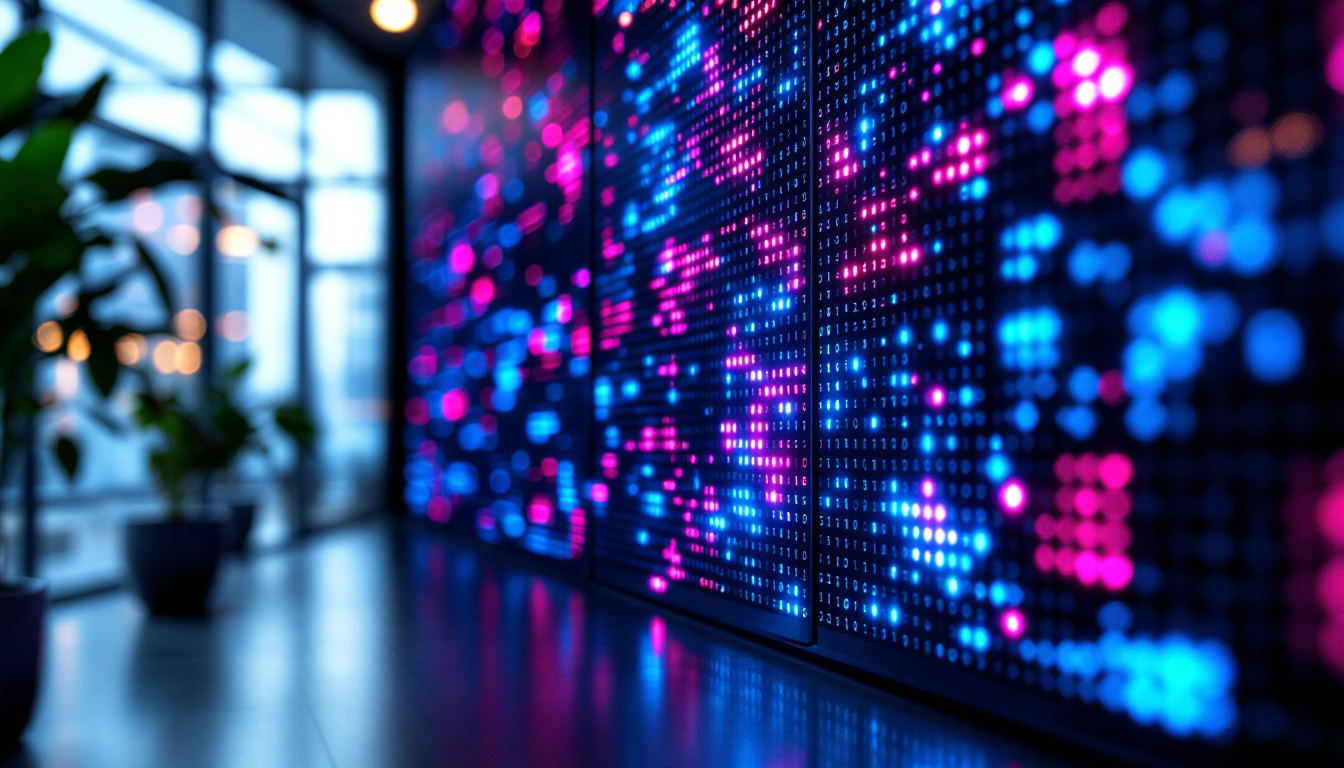In the digital age, visual communication has taken center stage, and LED displays, commonly known as ledwalls, have emerged as a powerful medium for conveying messages, entertainment, and information. These high-tech screens are now ubiquitous in various settings, from concert venues and sports arenas to retail spaces and corporate environments. This article delves into the intricacies of LED displays, exploring their technology, applications, and advantages.
Understanding LED Technology
LED stands for Light Emitting Diode, a semiconductor device that emits light when an electric current passes through it. The technology behind LED displays has evolved significantly over the years, leading to the creation of vibrant and efficient display systems.
The Basics of LED Displays
LED displays consist of numerous individual light-emitting diodes arranged in a grid. Each diode can emit red, green, or blue light, and by combining these colors in varying intensities, a full spectrum of colors can be produced. This RGB (Red, Green, Blue) model is fundamental to how images and videos are displayed on ledwalls.
Unlike traditional LCD screens that rely on backlighting, LED displays generate their own light, allowing for deeper blacks and more vibrant colors. This characteristic makes them particularly effective for outdoor use, where sunlight can wash out other types of displays. Additionally, the energy efficiency of LED technology contributes to reduced operational costs, making it a popular choice for businesses looking to minimize their environmental footprint while maximizing visual impact.
Types of LED Displays
There are several types of LED displays, each designed for specific applications. The most common types include:
- Direct View LED: These displays are composed of individual LED modules that are directly visible to the viewer. They are often used in large-scale outdoor advertising and events.
- LED Video Walls: Comprising multiple LED panels, these walls are used for high-resolution video playback and are popular in concert venues and sports arenas.
- Transparent LED: These innovative displays allow light to pass through, making them ideal for retail environments where visibility from both sides is essential.
In addition to these common types, there are also specialized LED displays such as flexible LED screens that can be curved or shaped to fit unique installations. These are particularly useful in creative environments like art installations or immersive experiences, where traditional flat screens may not suffice. Furthermore, advancements in micro-LED technology are paving the way for even smaller and more efficient displays, which can potentially revolutionize how we think about screen size and resolution.
How LED Displays Work
The operation of LED displays involves a complex interplay of hardware and software. Each LED panel is connected to a control system that manages the display’s content. This system receives signals from various sources, such as computers or media players, and translates them into visual output.
Moreover, advanced technologies such as pixel mapping and color calibration ensure that the images displayed are sharp and accurate. Pixel mapping allows for precise control over each pixel, enhancing the overall quality of the visual output. This precision is particularly crucial in environments where clarity and detail are paramount, such as in medical imaging or high-end broadcasting. Additionally, the integration of artificial intelligence in content management systems is beginning to streamline the process of content delivery, allowing for dynamic and responsive displays that can adapt to real-time data inputs, further enhancing the viewer’s experience.
Applications of LED Displays
LED displays have found their way into numerous industries, revolutionizing how information is shared and consumed. Their versatility makes them suitable for various applications, each benefiting from the unique properties of LED technology.
Advertising and Marketing
One of the most prominent uses of LED displays is in advertising. Businesses utilize ledwalls to capture the attention of potential customers with dynamic content. The ability to change advertisements quickly and display high-quality visuals makes LED displays a preferred choice for billboards and storefronts.
Moreover, the bright and vivid colors of LED displays can be seen from a distance, making them effective for attracting foot traffic in busy urban environments. digital signage powered by LED technology allows businesses to engage customers with real-time promotions and interactive content.
Entertainment and Events
In the entertainment industry, LED displays play a crucial role in enhancing the audience experience. Concerts, festivals, and sporting events often feature large LED screens that display live feeds, graphics, and animations. These displays create an immersive atmosphere, allowing audiences to feel more connected to the performance.
Additionally, the flexibility of LED technology enables event organizers to create stunning visual effects that can be tailored to specific themes or moods. This adaptability is a significant advantage over traditional display methods.
Corporate and Educational Use
LED displays are increasingly being adopted in corporate environments for presentations and advertising within office spaces. Companies utilize these displays for internal communications, showcasing important information in a visually appealing manner. From displaying company announcements to highlighting performance metrics, LED screens serve as effective communication tools.
In educational settings, LED displays enhance the learning experience by providing interactive and engaging content. Schools and universities use these displays for lectures, presentations, and even live streaming events, making education more accessible and dynamic.
Advantages of LED Displays
The popularity of LED displays can be attributed to their numerous advantages over traditional display technologies. Understanding these benefits can help businesses and organizations make informed decisions when investing in display solutions.
Energy Efficiency
One of the most significant advantages of LED displays is their energy efficiency. Compared to traditional lighting technologies, LEDs consume significantly less power, leading to reduced energy costs. This efficiency is particularly beneficial for large installations that operate for extended periods.
Moreover, many LED displays are designed with sustainability in mind, utilizing recyclable materials and reducing the carbon footprint associated with their production and operation.
Longevity and Durability
LED displays are known for their longevity. With a lifespan of up to 100,000 hours, they outlast many other display technologies. This durability is essential for outdoor applications where displays are exposed to harsh weather conditions.
Additionally, LED technology is resistant to shock and vibration, making it ideal for high-traffic environments. This resilience reduces maintenance costs and ensures that the displays remain operational for longer periods.
High-Quality Visuals
LED displays are renowned for their exceptional visual quality. The ability to produce bright, vibrant colors and deep blacks enhances the viewing experience, whether for advertising, entertainment, or information dissemination.
Furthermore, advancements in LED technology have led to higher resolutions, allowing for more detailed images and videos. This capability is crucial for applications where clarity is paramount, such as in control rooms or during live broadcasts.
Challenges and Considerations
While LED displays offer numerous advantages, there are also challenges and considerations that potential users should be aware of. Understanding these factors can help in making informed decisions regarding the implementation of LED technology.
Initial Investment Costs
One of the primary challenges associated with LED displays is the initial investment cost. High-quality LED technology can be expensive, and businesses must weigh the upfront costs against the long-term benefits. However, it is essential to consider the potential savings in energy and maintenance costs over time.
For smaller businesses or organizations with limited budgets, exploring financing options or leasing agreements may be viable alternatives to outright purchases.
Installation and Maintenance
Installing LED displays can be a complex process that requires specialized knowledge and skills. Proper installation is crucial to ensure optimal performance and longevity. Organizations may need to hire professionals for installation, which can add to the overall cost.
Maintenance is another consideration. While LED displays are generally low-maintenance, periodic checks and cleaning are necessary to ensure they function correctly. Establishing a maintenance schedule can help prevent issues and prolong the lifespan of the display.
Environmental Impact
Although LED technology is more energy-efficient than traditional displays, the environmental impact of manufacturing and disposing of electronic devices should not be overlooked. Organizations should consider sourcing displays from manufacturers that prioritize sustainability and offer recycling programs.
Additionally, being mindful of the materials used in the construction of LED displays can contribute to reducing the overall environmental footprint.
The Future of LED Displays
The future of LED displays looks promising, with ongoing advancements in technology and applications. As the demand for high-quality visual communication continues to grow, innovations in LED technology are expected to enhance performance and expand capabilities.
Emerging Technologies
Emerging technologies such as microLED and OLED are set to revolutionize the display industry. MicroLED technology offers even higher resolutions and improved energy efficiency, while OLED displays provide superior color accuracy and contrast ratios.
As these technologies develop, they may offer new opportunities for applications that require ultra-high-definition visuals, such as virtual reality and augmented reality experiences.
Integration with Smart Technology
As the Internet of Things (IoT) continues to evolve, the integration of LED displays with smart technology is becoming increasingly common. Smart LED displays can connect to the internet, allowing for real-time content updates, remote management, and interactive features.
This integration opens up new possibilities for businesses, enabling them to engage customers in innovative ways and respond quickly to changing market conditions.
Customization and Personalization
Future LED displays are likely to offer greater customization and personalization options. Businesses can tailor content based on audience demographics, preferences, and real-time data, creating a more engaging experience for viewers.
This level of personalization can significantly enhance advertising effectiveness, making LED displays an even more attractive option for marketers.
Conclusion
LED displays, or ledwalls, have transformed the landscape of visual communication, offering businesses and organizations a powerful tool for engagement and information dissemination. Their unique technology, versatility, and numerous advantages make them an ideal choice for various applications, from advertising to entertainment and beyond.
While there are challenges to consider, the benefits of LED displays often outweigh the drawbacks, especially when viewed through the lens of long-term investment and sustainability. As technology continues to evolve, the future of LED displays promises even more exciting possibilities, paving the way for innovative applications that will further enhance the way we communicate visually.
In a world where visual impact is paramount, LED displays stand out as a beacon of innovation, creativity, and efficiency, shaping the future of how messages are conveyed and experienced.
Discover the Future of Visual Communication with LumenMatrix
Ready to elevate your visual engagement to the next level? LumenMatrix is at the forefront of LED display innovation, offering a wide array of solutions that cater to your unique needs. From captivating Indoor and Outdoor LED Wall Displays to dynamic Vehicle and Sports LED Displays, our technology is designed to make your brand stand out. Experience the revolution in digital signage with our Custom, All-in-One, and Transparent LED Displays. Don’t miss the opportunity to transform your visual communication. Check out LumenMatrix LED Display Solutions today and step into a world where your message shines with unmatched clarity and impact.

